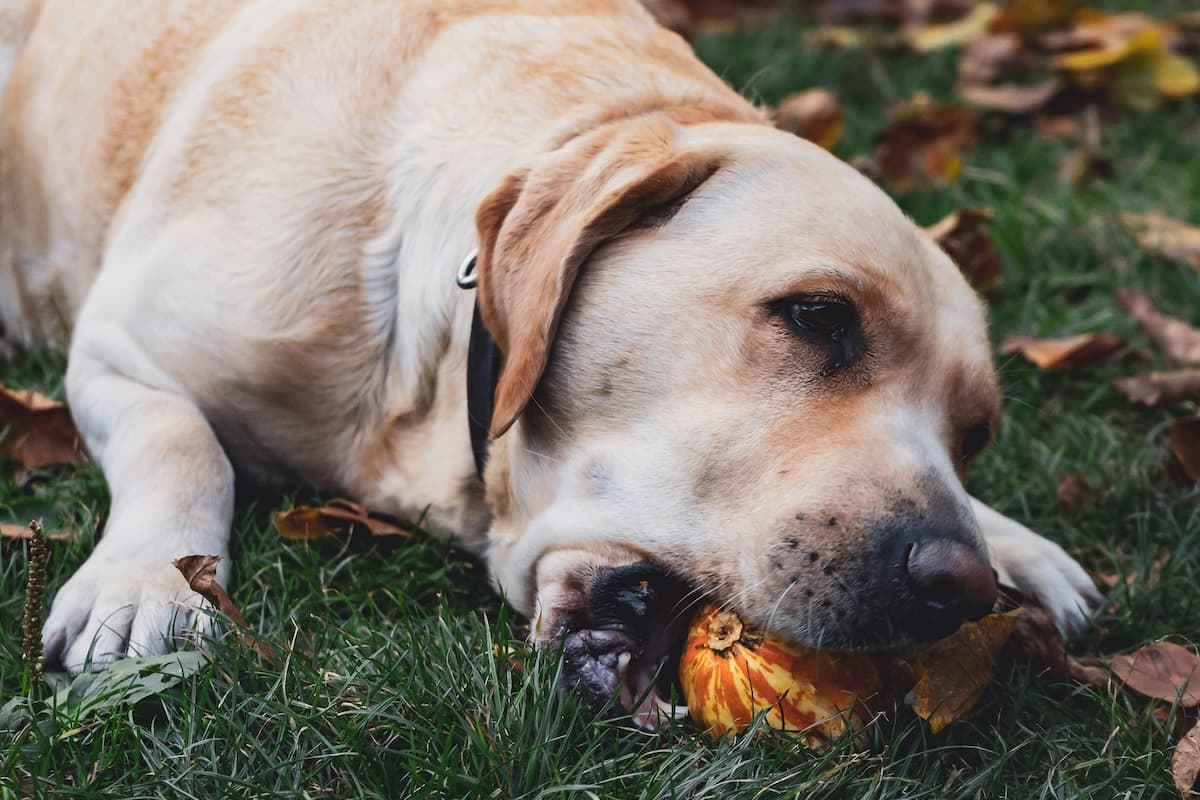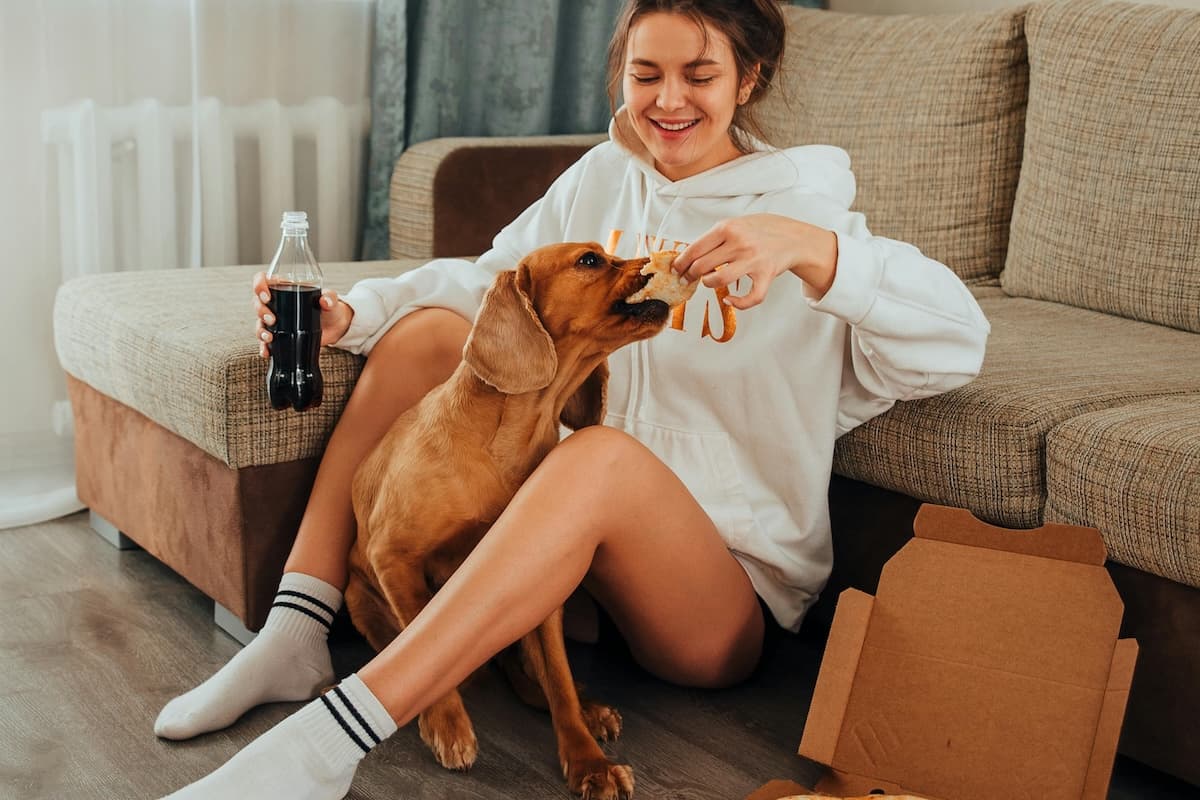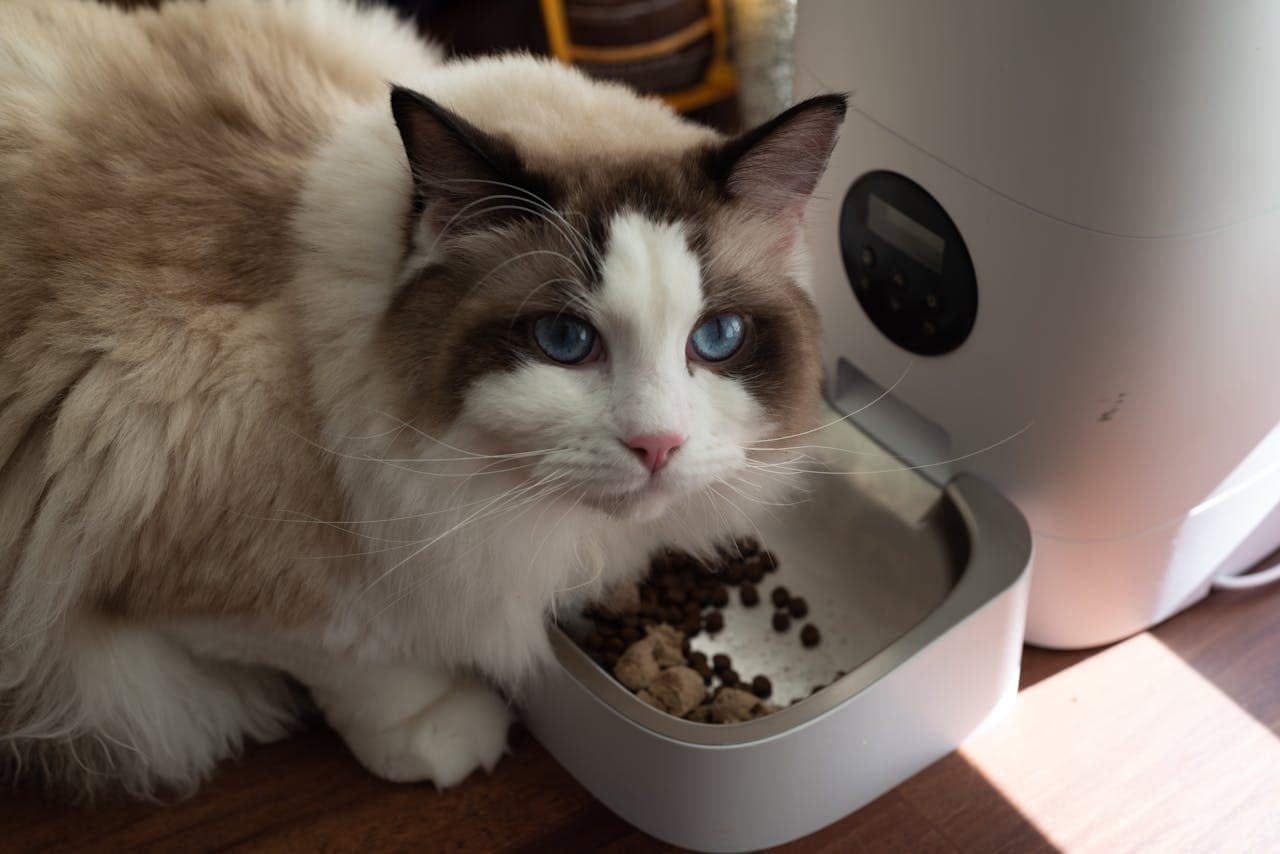

‘I’m Good, Thanks’: All About Reduced Appetite and Loss of Appetite in Dogs and Cats
Sometimes, it seems like dogs and cats just never stop eating. In fact, sometimes they keep eating even if they’re in significant pain or physical distress. So, if your pup or kitty stops munching, you know it warrants a closer look. Here’s a guide to why dogs and cats might stop eating, or might eat less.

Writer Roi Kadosh
7 min read

First of all, let’s lay down the groundwork for this discussion. It’s important to distinguish between reduced appetite, selective eating, and a complete lack of appetite. If your dog or cat completely avoids eating and refuses even treats or especially tasty foods, it’s likely a sign of a more serious issue. That’s why anytime you notice a decrease in your pet’s appetite, it’s a good idea to see if they’re still willing to eat their favorite foods or treats.
There are many possible reasons for a drop in appetite, which we’ll discuss shortly. But it’s important to emphasize that if the loss of appetite persists for more than 24-48 hours, your best bet is visiting your vet- and that advice rhymes, so you know it’s true. If you’re dealing with a complete lack of appetite (turning away treats) specifically, a visit to the vet is recommended sooner rather than later, especially if this change in appetite comes with additional symptoms.
Whatever the case, it’s important to consider the big picture and check for other signs your dog or cat might be showing. Sometimes, a loss of appetite is the only symptom, but it’s essential to see if it’s accompanied by symptoms like vomiting, diarrhea, lethargy, abdominal pain, changes in urination, or any other unusual signs. Additionally, you should check if your pet is avoiding drinking water since, while they can go a few days without food, without water animals can quickly become dehydrated. If they’re not drinking either, your pet definitely needs urgent medical attention.
So what makes dogs and cats eat less, or stop eating?
Appetite loss can result from processes occurring in the digestive system (like inflammation of the stomach or intestines), issues in the oral cavity (foreign objects, loose teeth, or severe gum disease), systemic illnesses that cause feelings of malaise or fever, an obstruction in the digestive tract due to a foreign body, or even psychological stress that prevents the animal from eating comfortably.
Inflammation in the digestive system may be caused by eating inappropriate foods, including things your dog picks up on walks, food your cat swipes off the counter, or even a new food introduced too abruptly. In these cases, their gut bacteria may struggle to adjust to change, causing harmful bacteria to proliferate at the expense of beneficial bacteria. The result? Reduced appetite due to poor digestive function, often accompanied by diarrhea and vomiting.

If this is the case, switching to an easy-to-digest food is usually recommended. There are several types of medical diets available at pet stores and veterinary clinics specifically for these situations. Alternatively, you can also cook easy-to-digest food at home. The goal is to provide food that’s palatable, low in fat and highly digestible, such as chicken and rice (if your dog is sensitive to chicken, you can replace it with lean ground beef or turkey). You can boil them together without spices and offer them in small portions. The fact that the menu is both aromatic and freshly cooked usually encourages eating.
Poor dental health or an oral foreign object may often be identified by examining the mouth. If unsure, it’s best to bring the pet to the vet (again, the truth rhymes). Sometimes you may notice a stick, bone, or toy stuck between the teeth or notice that the teeth are in poor condition. They may be covered in yellow to brown tartar, the gums may be inflamed and red, the breath can be especially bad, and in severe cases, you may notice teeth that are loose or missing.
In such cases, aside from the reduced appetite, you might also notice drooling, head shaking, and sometimes pawing at the mouth. In these situations, medical attention becomes necessary. A thorough oral examination will allow the vet to determine whether a dental cleaning is needed and if any tooth extractions are necessary, as unstable teeth can be a source of pain or infection, and should be removed promptly.
Diagnosis can often be tricky
Sometimes, a loss of appetite is a non-specific symptom of another illness. We couldn’t possibly list all the diseases that could cause appetite loss, but think of how you feel in the middle of a nasty cold- that’s why your dog or cat might avoid eating when they’re unwell. In such cases, if there’s no improvement in appetite within a day or two and you can’t get your pet to eat, take them to the vet. The vet will try to identify other signs of illness through a physical exam. Blood tests may also be necessary to assess the function of various organs, such as the liver, kidneys, and pancreas. Radiographs can also help screen for underlying systemic illness.

It’s also crucial to remember that mental stress can lead to a loss of appetite. A dog who’s been sent to a boarding facility or whose owners are away, or a cat who moved to a new home, are all examples of situations where stress can lead to discomfort and reduced appetite. It’s essential to consider changes in your pet’s environment if you notice they’re not eating as usual.
The last cause is one of the most dangerous: a foreign body lodged in the digestive system can cause complete loss of appetite. This is often accompanied by severe vomiting and even refusal to drink water. In this situation, your pet will likely show significant distress, and immediate veterinary care is recommended. The vet will palpate the pet’s abdomen and take an X-ray to visualize the foreign body. Sometimes an X-ray will indeed show the culprit, but since not all materials show up on an X-ray, an ultrasound may also be needed for a precise diagnosis.
If a foreign body is detected, its location must be assessed to determine if it can be removed via endoscopy or if surgery is required. It’s important to note that a foreign body in the intestines is a life-threatening emergency. The pressure from the foreign object on the intestinal wall, combined with the intestines’ movements, can lead to necrosis, rupture, leakage of fecal material into the abdominal cavity, and sepsis, all of which may be fatal.

For cats, there’s no such thing as easy
A final word for cat owners: We like to think of cats as domesticated animals, but in reality, they’re much closer to wild animals than pet dogs are. Therefore, they do their best to hide signs of illness and often only show weakness when they literally can’t hide it anymore. That’s why, if your cat stops eating, it deserves special attention. Additionally, overweight cats who stop eating are at risk of developing fatty liver disease, a dangerous condition caused by the breakdown of fat reserves, which affects liver function.
When in doubt, it’s always best to consult with a vet. If you can’t determine the cause of your pet’s reduced appetite or can’t get them to eat anything, it’s advisable to see the vet to find the cause and help your pet.
Loss of appetite in our four-legged friends isn’t necessarily a reason to panic- but it is definitely a reason to pay attention. In veterinary medicine, just as it is with us humans, it’s much easier to treat problems when they’re small than when they’re big. Whether it’s an intestinal blockage or digestive inflammation, Animalia’s dog and cat insurance provide comprehensive coverage, allowing you to make quick decisions to care for your furry family members and help them get back to enjoying their meals- without worrying about who’ll pick up the check.





We offer the most
comprehensive coverage
out there
car with a spare tire for life’s bumps.
Having Animalia is like a pimped-out
Rolls Royce with a swimming pool
in the trunk.



Get your pet insurance quote
Pet type
- Dog
- Cat
What is your pet's name?
Zip code






